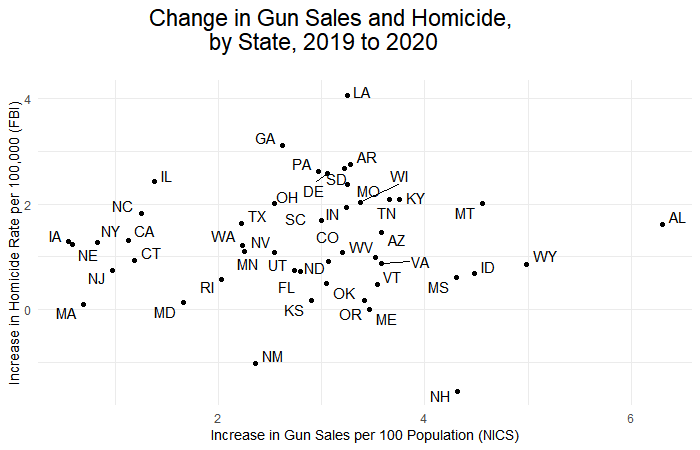This is the kind of academic we should always be on guard to watch for.
This is a real, actual ‘enemy domestic’ of the Constitution and Bill of Rights.
And, they infest the schools and universities, filling our children’s mind with this collectivist, authoritarian statist, mush.
Read – carefully- what she wants. Her revisions are what’s called ‘positive rights‘. What she wants the government to do, in effect granting rights from goobermint power.
Her definition of how the 1st and 2nd amendment were written are defined by her and her ilk as ‘negative rights‘. Rights already possessed by the people, that the goobermint is restricted from abridging or infringing.
Remember, when more than one politician down through history has said: ‘Any government that’s large enough to give you everything is powerful enough to take it all away.‘ One should believe them.
REDO THE FIRST TWO AMENDMENTS
BY MARY ANNE FRANKS
Speech and guns: two of the most contentious issues in America today, with controversies fueled not only by personal passions and identity politics but by competing interpretations of the Constitution. Perhaps more than any other parts of the Constitution, the First and Second Amendments inspire religious-like fervor in many Americans, with accordingly irrational results.
As legal texts go, neither of the two amendments is a model of clarity or precision. More important, both are deeply flawed in their respective conceptualizations of some of the most important rights of a democratic society: the freedom of expression and religion and the right of self-defense. These two amendments are highly susceptible to being read in isolation from the Constitution as a whole and from its commitments to equality and the collective good.
The First and Second Amendments tend to be interpreted in aggressively individualistic ways that ignore the reality of conflict among competing rights. This in turn allows the most powerful members of society to reap the benefits of these constitutional rights at the expense of vulnerable groups. Both amendments would be improved by explicitly situating individual rights within the framework of “domestic tranquility” and the “general welfare” set out in the Constitution’s Preamble.
Making such an edit to the First Amendment would provide stronger and fairer protections for the right of expression, including by acknowledging, as many state constitutions do, that every person remains responsible for abuses of that right. (Such a modification would, for example, help undo the damage caused by the Supreme Court’s decision in Citizens United and remove constitutional barriers to reasonable campaign-finance laws that promote democratic legitimacy.) In addition, the implicit principle of the separation of church and state should be made explicit:
Every person has the right to freedom of expression, association, peaceful assembly, and petition of the government for redress of grievances, consistent with the rights of others to the same and subject to responsibility for abuses. All conflicts of such rights shall be resolved in accordance with the principle of equality and dignity of all persons.
Both the freedom of religion and the freedom from religion shall be respected by the government. The government may not single out any religion for interference or endorsement, nor may it force any person to accept or adhere to any religious belief or practice.
Both amendments would be improved by explicitly situating individual rights within the framework of “domestic tranquility” and the “general welfare” set out in the Constitution’s Preamble.
The Second Amendment’s idiosyncratic and anachronistic focus on militias and “arms” degrades the concept of self-defense. The right to safeguard one’s life should not be conflated with or reduced to the right to use a weapon, especially a weapon that is so much more likely to inflict injury and death than to avoid it. Far better would be an amendment that guarantees a meaningful right to bodily autonomy and obligates the government to implement reasonable measures to protect public health and safety:
All people have the right to bodily autonomy consistent with the right of other people to the same, including the right to defend themselves against unlawful force and the right of self-determination in reproductive matters. The government shall take reasonable measures to protect the health and safety of the public as a whole.
Mary Anne Franks is the Michael R. Klein Distinguished Scholar Chair at the University of Miami School of Law and the author of “The Cult of the Constitution: Our Deadly Devotion to Guns and Free Speech.”


